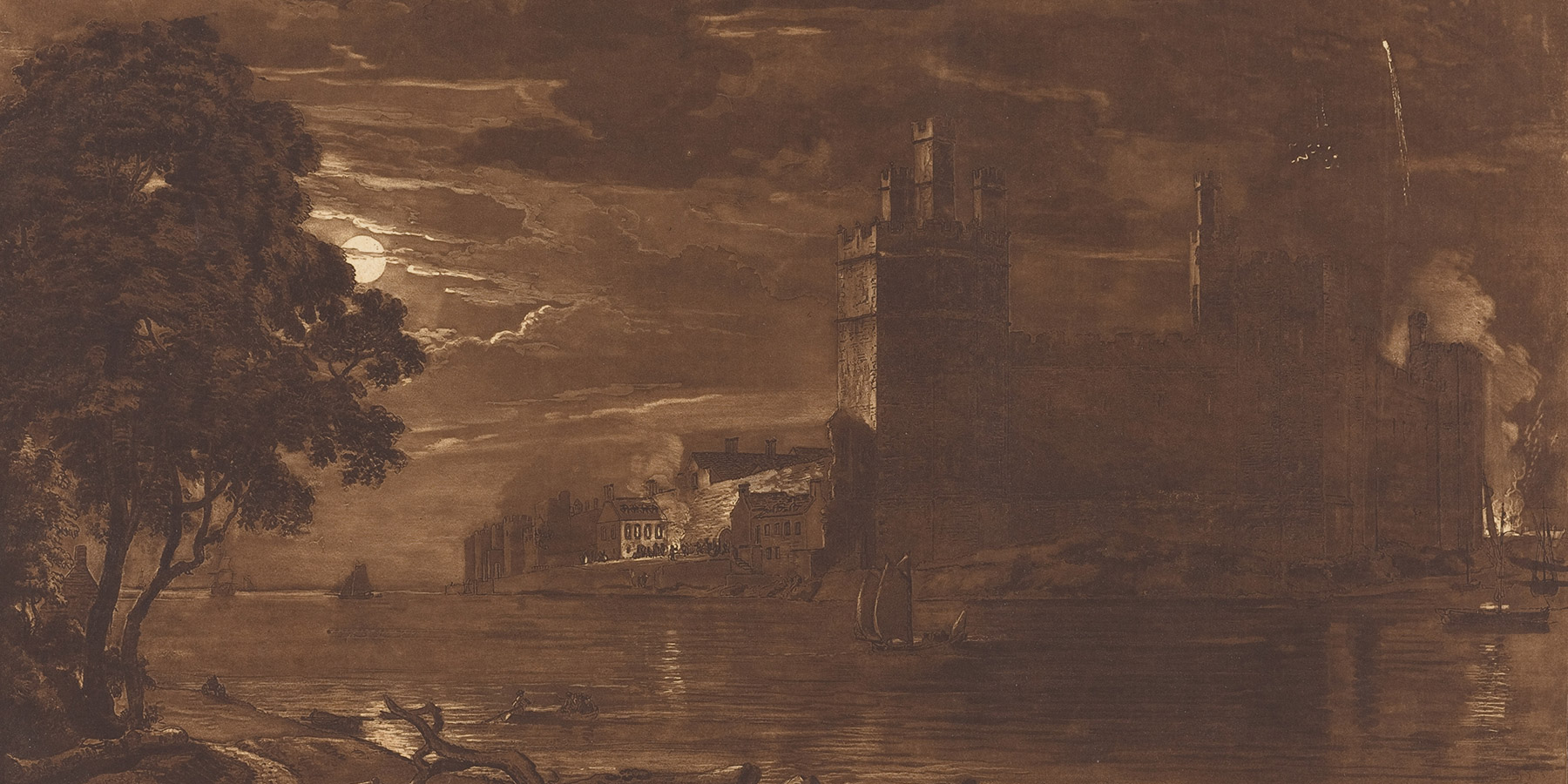Past Exhibition
October 24, 2021 – February 21, 2022
West Building, Ground Floor, Galleries 30–34
Explore Selected Works
Except where noted, all works in the exhibition are from the collection of the National Gallery of Art.
Organization
Organized by the National Gallery of Art, Washington
The exhibition is curated by Rena M. Hoisington, curator and head of the department of old master prints, National Gallery of Art.
Sponsors
The exhibition is made possible by a generous grant from the Eugene V. and Clare E. Thaw Charitable Trust.
Passes
Admission is always free and passes are not required
Banner detail: Paul Sandby,










